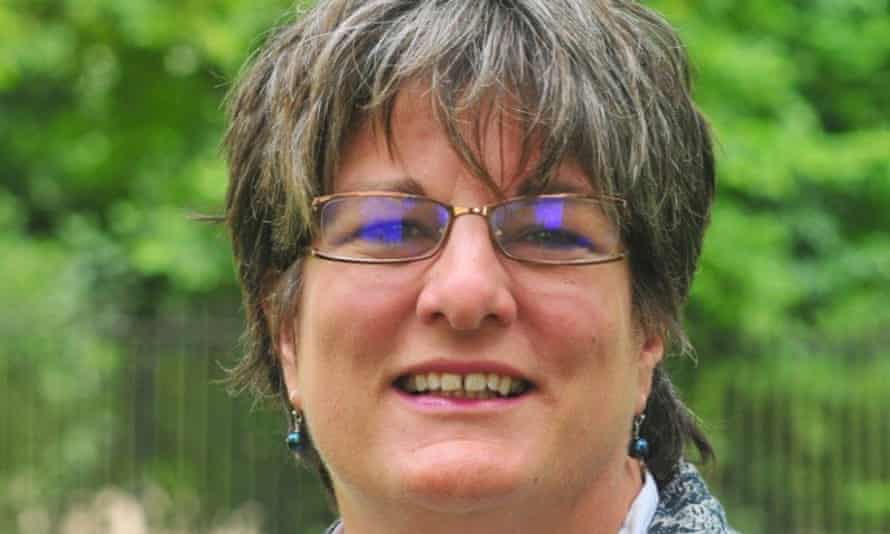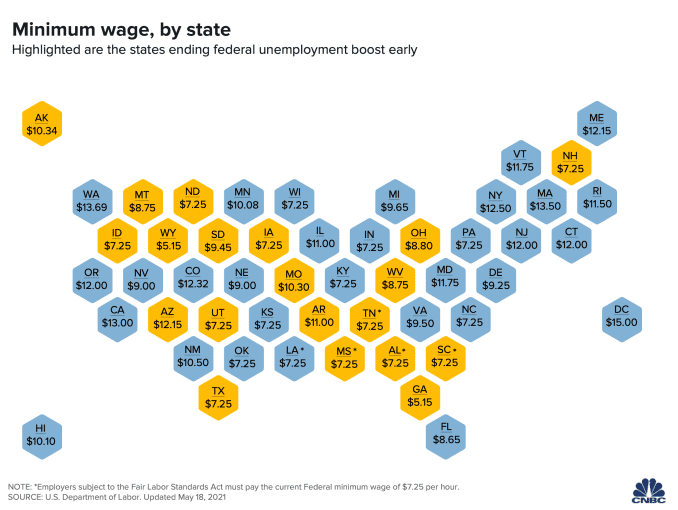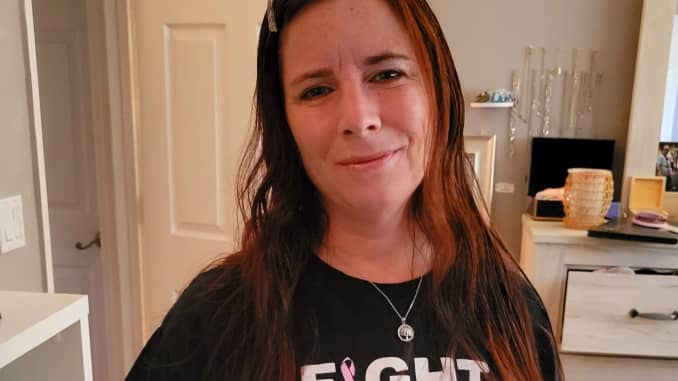AN EGO AS BIG AS ALL OUTDOORS
Jeff Bezos wanted to do a big reveal when Amazon announced its Climate Pledge, and Amazon considered having him unveil it from a polar ice capahartmans@businessinsider.com (Avery Hartmans)

© Provided by Business Insider Amazon CEO Jeff Bezos. Shannon Stapleton/Reuters
Jeff Bezos wanted a big reveal when Amazon announced its Climate Pledge in 2019.
One idea included having him announce the pledge from a polar ice cap.
Amazon settled on having Bezos unveil it at the National Press Club instead.
When Amazon unveiled its ambitious Climate Pledge two years ago, CEO Jeff Bezos wanted a big reveal.
In the months leading up to Amazon's announcement in September 2019, Amazon employees worked to figure out the best "grand gesture" - like having Bezos reveal the Climate Pledge in a video he would personally film on a polar ice cap, according to the new book "Amazon Unbound: Jeff Bezos and the Invention of a Global Empire," by Brad Stone.
According to Stone, employees from Amazon's public relations department and sustainability teams spent a few days trying to figure out how to send Bezos to the Arctic before giving up on the idea. The plan would have been incredibly challenging, not to mention it would have left a notable carbon footprint - not the best look given that the Climate Pledge vows that Amazon will be carbon neutral by 2040.
A spokesperson for Amazon declined to comment.
Amazon eventually settled on having Bezos announce the pledge during a conversation at the National Press Club in Washington, DC, with Christiana Figueres, the former executive secretary for the United Nations Framework Convention on Climate Change.
Read more: Internal memo shows one tactic Amazon uses to force a set number of employees out every year
As part of the Climate Pledge, Amazon has pledged to regularly measure and report its emissions and to eventually eliminate its carbon use, and will meet the goals of the Paris Agreement, the United Nations' climate change treaty, 10 years ahead of schedule. Since 2019, other major corporations like Uber and JetBlue have joined the pledge.
But Amazon's own employees have criticized the company's environmental initiatives, saying Amazon should push to be carbon neutral by 2030 instead.
In June of last year, Amazon announced that a Seattle sports arena that's home to the WNBA's Seattle Storm and Seattle's NHL team would be renamed "Climate Pledge Arena" to serve "as a regular reminder of the urgent need for climate action."











